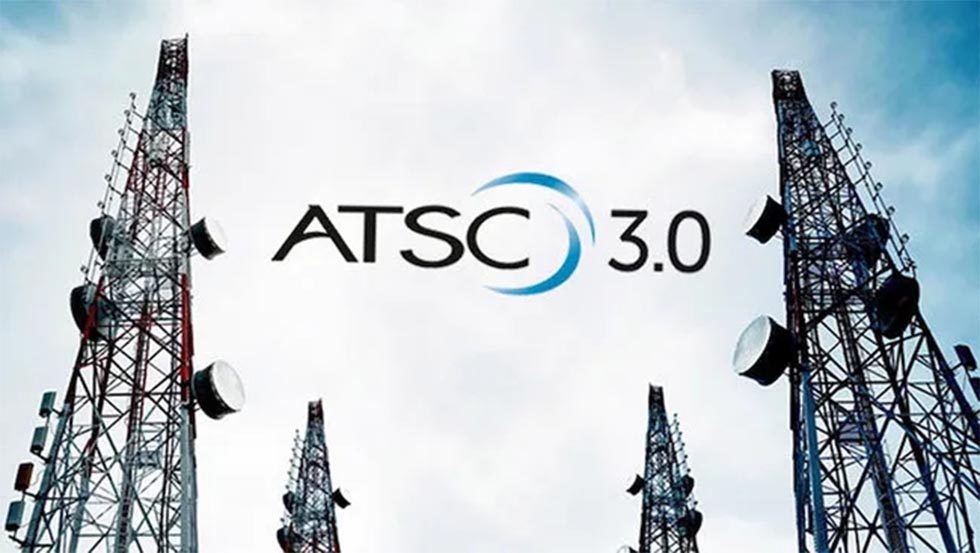Three Reasons H.264 AVC Will Survive A Long, Long Time

Few could argue that MPEG-2 has not been a workhorse of professional media compression. Created in 1988, it helped to power the commercial success of DVD disc players and is still used daily by U.S. TV broadcasters as a vital –and mandated—part of their DTV transmission service.
But what if I told you H.264 Advanced Video Compression (AVC) will have a run that matches or exceeds that of MPEG-2? One that ensures AVC will be with us for the rest of our adult lives?
Perhaps, you are raising an eyebrow, smirking skeptically or simply saying to yourself “No way!” But keep an open mind and consider these three reasons why H.264 compression will be with us for a long, long time.
No. 1: Hitting the sweet spot. When you consider factors like processing power and cost, it’s hard to beat H.264 encoding. Sure, H.265, or High Efficiency Video Coding (HEVC), outshines AVC in terms of pure apples-to-apples compression.
A BBC Research & Development blog posting, “H.265/HEVC vs H.264/AVC: 50% Bit Savings Verified,” makes the case for HEVC in the title. The posting discusses subjective comparison testing of the two compression standards based on international recommendations for assessment of video quality.
“The overall average bit rate saving achieved by HEVC compared to AVC of the same subjective quality was found to be 59% as supposed to the 44% gain show with objective quality metrics,” the blog says. It also notes that bit rate savings were greater for larger picture sizes.
While impressive, the blog doesn’t address the cost of encoding. At this point in time, it’s not out of the ordinary for a professional quality HEVC encoder to cost four times as much as a comparable AVC encoder. Although HEVC encoders will likely drop in price with time, as do the vast majority of electronics, so too will AVC encoders.
The professional video industry's #1 source for news, trends and product and tech information. Sign up below.
Thus, in terms of bang for the buck, H.264 encoding occupies, and likely will continue to occupy, the compression sweet spot for a very long time.
No 2: Changing viewing habits. No one could argue that TV viewing hasn’t undergone a major transition. While the living room TV remains important, people now enthusiastically watch television, streaming entertainment and movies on their phones, tablets and laptops—something that would have been unimaginable a few years ago.
Helping to fuel this transition is H.264 compression. Equally adept at powering video streaming on a Raspberry Pi-based IoT device, an iOS platform or Android device, H.264 unlocks a world of possibilities for reaching people with video where they want to consume it.
Further, because of its flexibility, H.264 can be used to simultaneously stream a high school or college basketball game at 360p or 480p while encoding a 720p or 1080p version to be edited later and uploaded to a YouTube channel.
Not only has H.264 evolved into a web delivery format, it is widely used in high-end cameras as one of many supported output formats. It’s also the fuel powering a variety of affordable, yet-powerful production setups used to produce everything from corporate and government events to video game tournaments and club sports—all of which nurture changing consumer viewing habits.
No. 3: Archiving. Perhaps the biggest reason H.264 will remain relevant for decades is its role as an archival format. It’s widespread use for archiving by universities alone ensures H.264 will be around a long time. But it’s also widely used for first-time digitization of content to be archived outside of academia.
All of that HD content shot over the past 20 years –whether 1080i or 1080p— is going to be with us for the rest of our lives regardless of the growing adoption of 4K and maybe 8K. As long as it is, H.264 will remain a vital compression format to archive that content, assuring its longevity one day will challenge and likely surpass that of MPEG-2 as a workhorse compression format.
